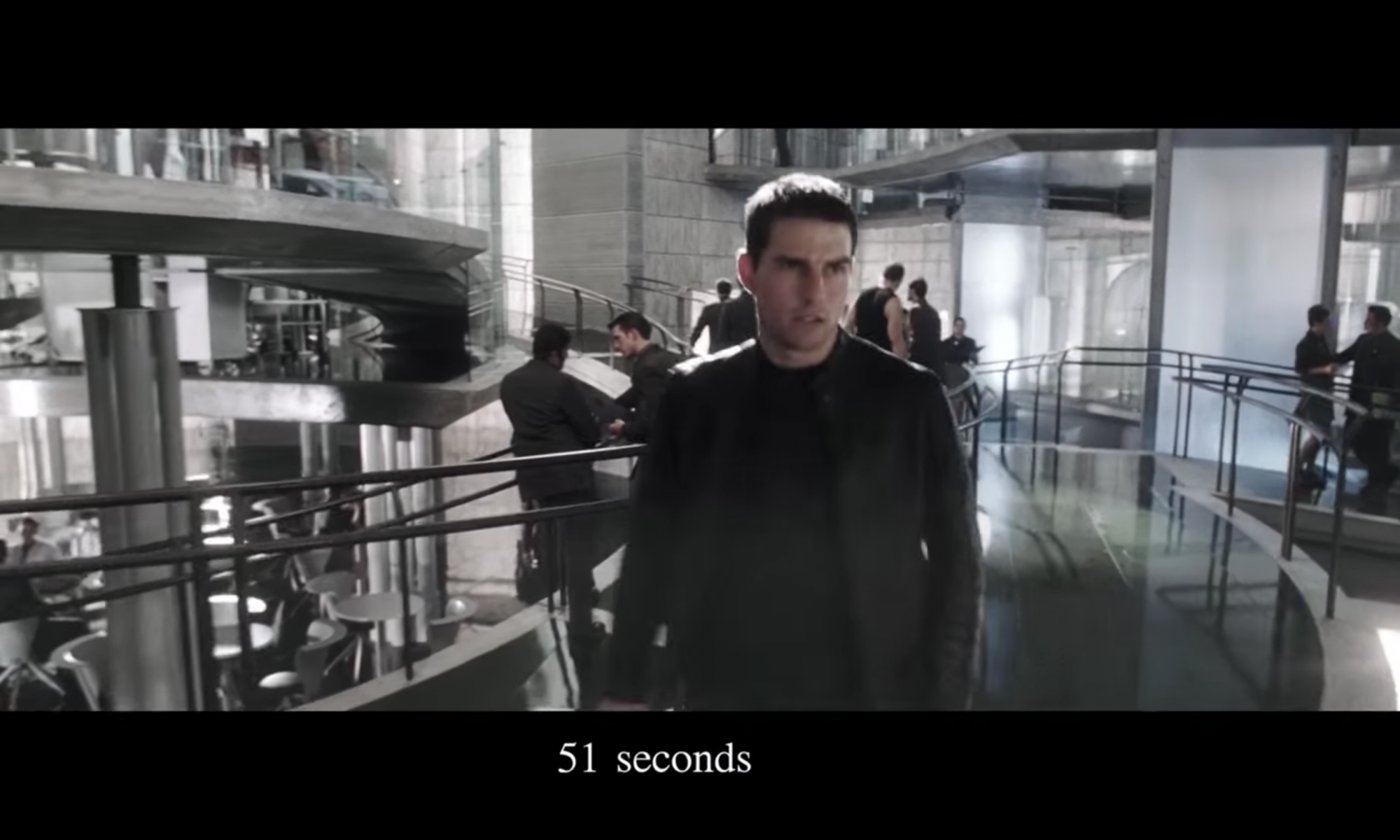I have this bad habit – I take too many shots, I cut too many times and I hide my mistakes by quicker cuts. But I think I should stop that, right?
Enter the Spielberg Oner.
What I like about the Spielberg oner (or the Long Take) is that is gets us through the scene quickly while giving us an omniscient vibe to the shot. The oner allows us to “walk” through the scene as though we are physically present observing the occurrences around us and allow us an immersion into the scene.
But this is done through something that is quite tricky to achieve – which is to remain invisible. When it comes to long takes, when someone notices a shot is dragged on for too long it removes the suspension of disbelief and allows the audience to become suddenly aware that we are watching a scene happen before a camera.
After watching this video, I realized there are some consideration when it comes to a Spielberg oner.
The Rules of a Spielberg Oner.
- Move the actors.
- Follow that movement of the characters – watch the movements then plan the shots accordingly
- Breakdown the shot in a few angles – a oner is linking a few shots into a single moving master.
- It works better when you’re not moving the camera at all.
- If you need to, shoot a cutaway (this gives you an ability to be tighter if you need to or the start of one and the end of another take)
- Keep it short – a oner is meant to get through scenes quickly or get the pace up.
I noticed that this adds a certain vibe to the film – an omniscient or real-time look to the scene and we are watching it unfold in real time than paced cuts.

